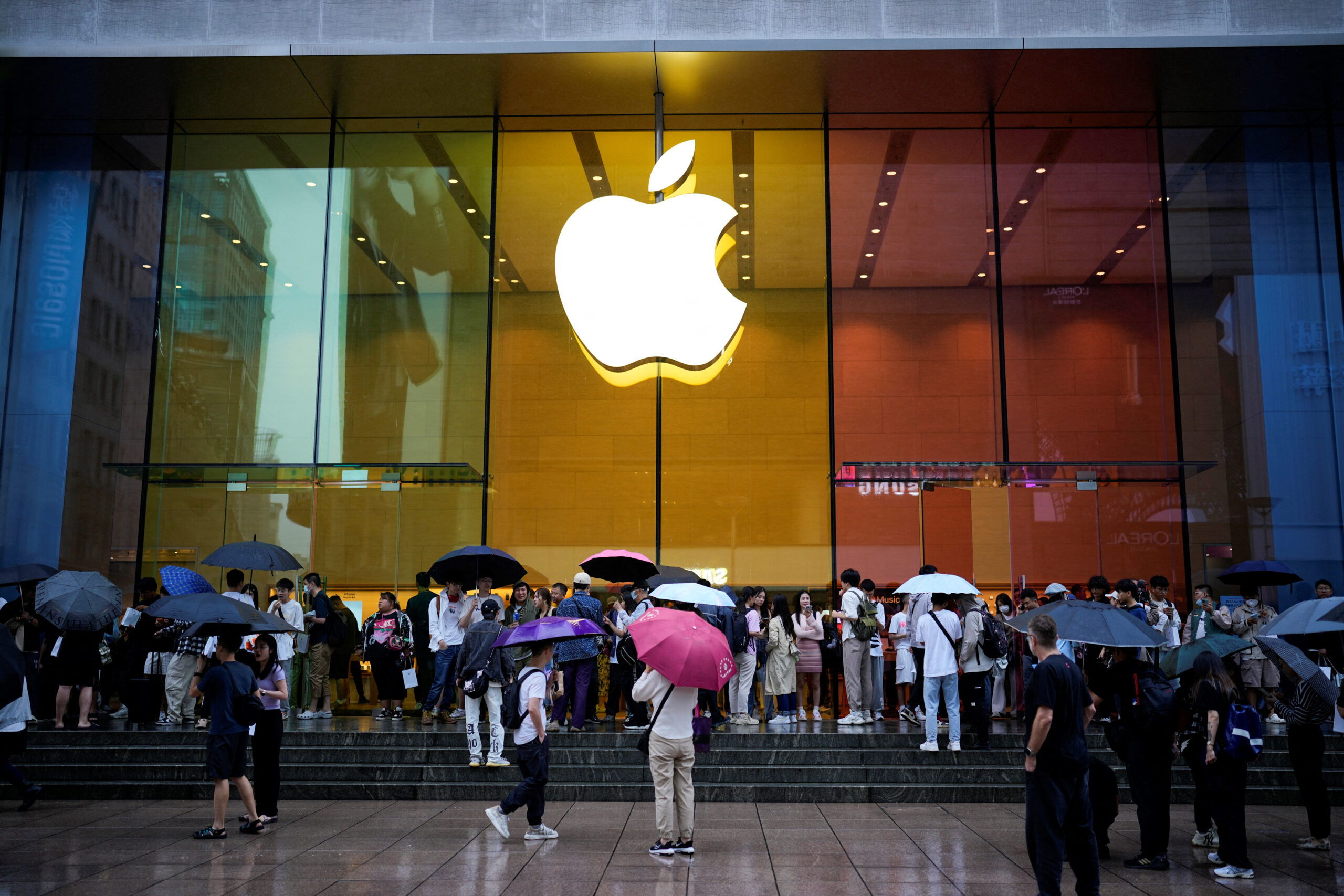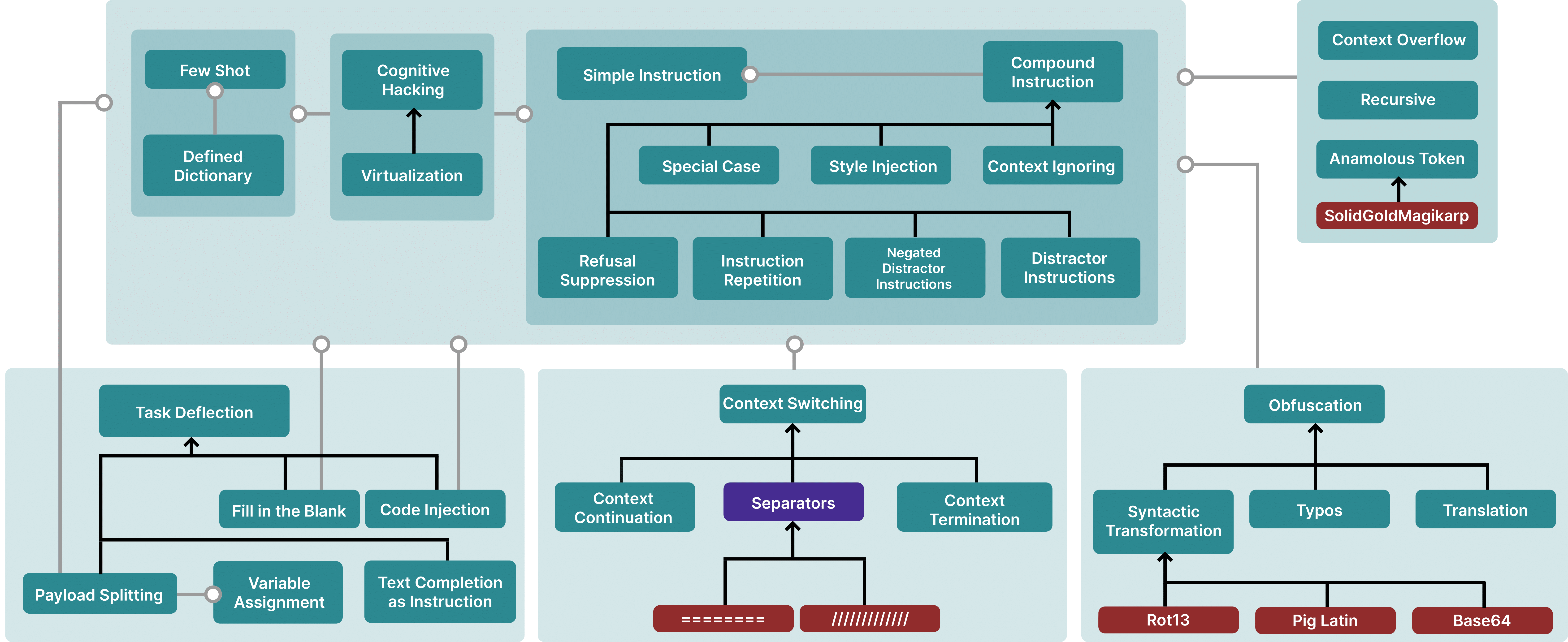The U.S. Department of Justice and 15 states on Thursday sued Apple (AAPL.O)
, opens new tab as the government cracks down on Big Tech, alleging the iPhone maker monopolized the smartphone market, hurt smaller rivals and drove up prices.Apple joins competitors sued by regulators, including Alphabet’s (GOOGL.O), opens new tab Google, Meta Platforms (META.O), opens new tab and Amazon.com (AMZN.O)
, opens new tab across the administrations of both former President Donald Trump and President Joe Biden.“Consumers should not have to pay higher prices because companies violate the antitrust laws,” Attorney General Merrick Garland said in a statement. “If left unchallenged, Apple will only continue to strengthen its smartphone monopoly.”The Justice Department said that Apple charges as much as $1,599 for an iPhone and makes larger profit than any others in the industry. Officials also said Apple charges various business partners – from software developers to credit card companies and even its rivals such as Google – behind the scenes in ways that ultimately raise prices for consumers and drive up Apple’s profit.Dating back to its time as a marginal player in the personal computer market, Apple’s business model has long been based on charging users a premium for technology products where the company dictates nearly all of the details of how the device works and can be used. The Justice Department seeks to unwind that business model by forcing Apple, which has a market value of $2.7 trillion, to offer users more choices around how apps can tap in to the hardware that Apple designs.[…]The Justice Department, which was also joined by the District of Columbia in the lawsuit, is seeking changes at Apple. An official suggested some form of breakup or reduction of the size of Apple was a possibility when they noted “structural relief is also a form of equitable relief.”The 88-page lawsuit, filed in U.S. federal court in Newark, New Jersey, said it was focused on “freeing smartphone markets from Apple’s anticompetitive and exclusionary conduct and restoring competition to lower smartphone prices for consumers, reducing fees for developers, and preserving innovation for the future.”In the lawsuit, the U.S. accused Apple of making it harder for consumers to block competitors and cited five examples where Apple used mechanisms to suppress technologies that would have increased competition among smartphones: so-called super apps, cloud stream game apps, messaging apps, smartwatches and digital wallets.For example, the U.S. alleges Apple made it more difficult for competing messaging apps and smartwatches to work smoothly on its phones. It also alleges that Apple’s app store policies around streaming services for games have hurt competition.[…]On Thursday Reuters reported that Apple, Meta Platforms and Alphabet’s Google will be investigated for potential violations of the European Union’s Digital Markets Act that could lead to hefty fines by the end of the year, according to people with direct knowledge of the matter.In Europe, Apple’s App Store business model has been dismantled by a new law called the Digital Markets Act that went into effect earlier this month. Apple plans to let developers offer their own app stores – and, importantly, pay no commissions – but rivals such as Spotify (SPOT.N), opens new tab and Epic argue Apple is still making it too hard to offer alternative app stores.
Source: Apple accused of monopolizing smartphone markets in US antitrust lawsuit | Reuters
Also: Apple Loses $113 Billion in Value After Regulators Close In | Bloomberg



 Figure 5: A Taxonomical Ontology of Prompt Hacking techniques. Blank lines are hypernyms (i.e., typos are an instance of obfuscation), while grey arrows are meronyms (i.e., Special Case attacks usually contain a Simple Instruction). Purple nodes are not attacks themselves but can be a part of attacks. Red nodes are specific examples.
Figure 5: A Taxonomical Ontology of Prompt Hacking techniques. Blank lines are hypernyms (i.e., typos are an instance of obfuscation), while grey arrows are meronyms (i.e., Special Case attacks usually contain a Simple Instruction). Purple nodes are not attacks themselves but can be a part of attacks. Red nodes are specific examples.